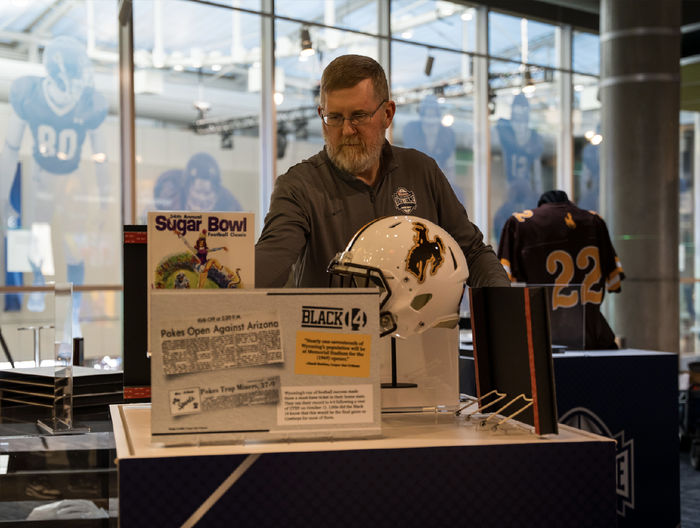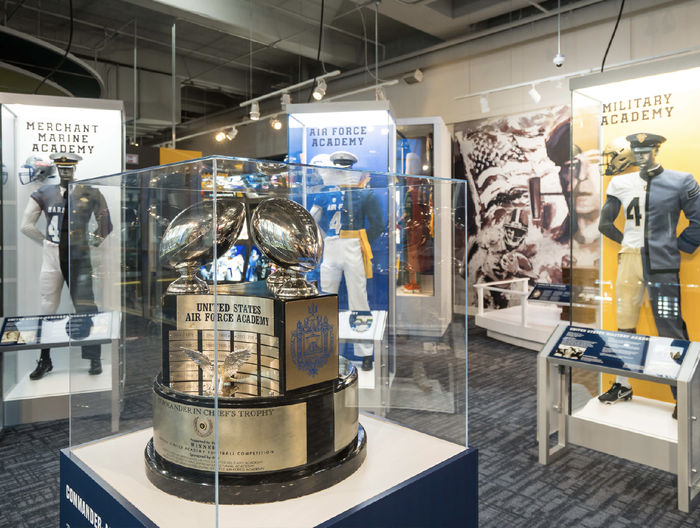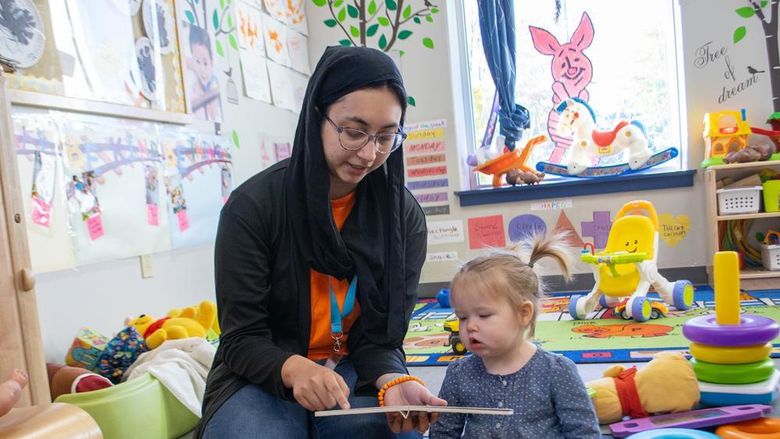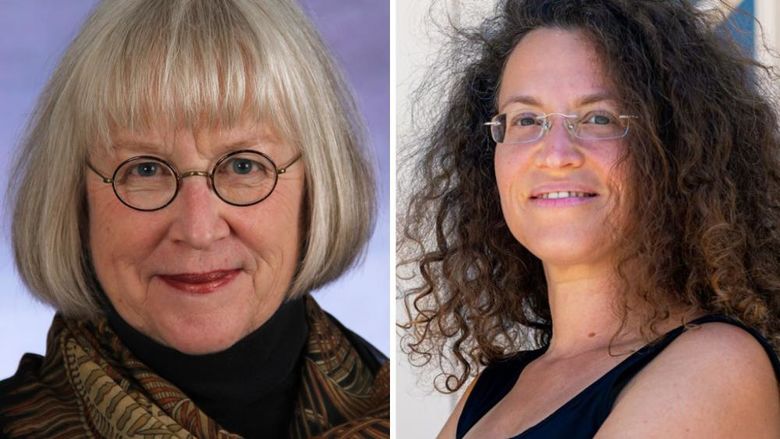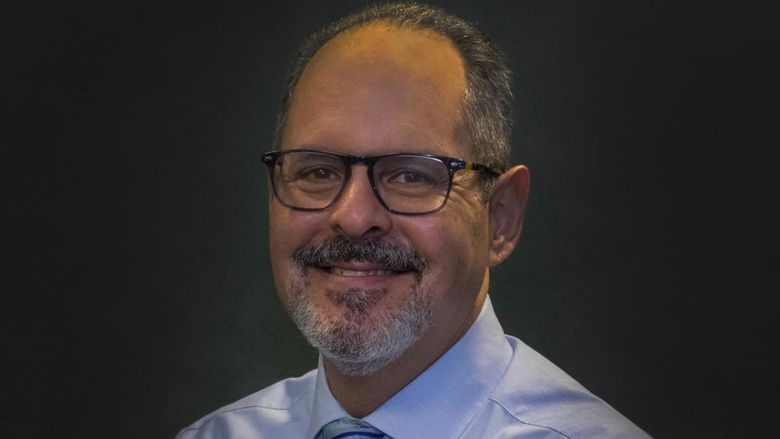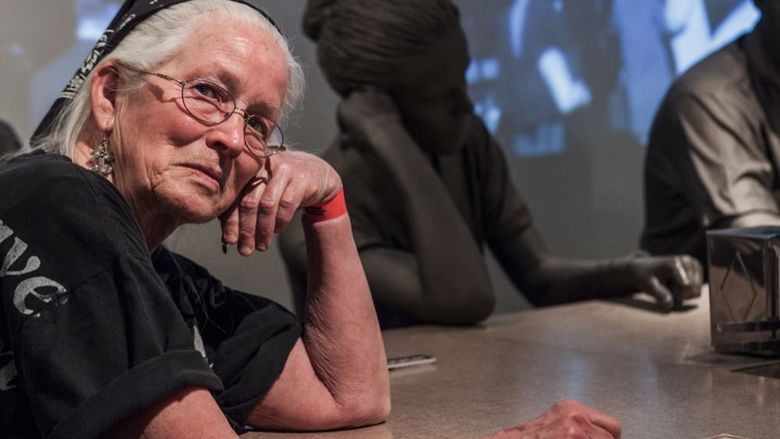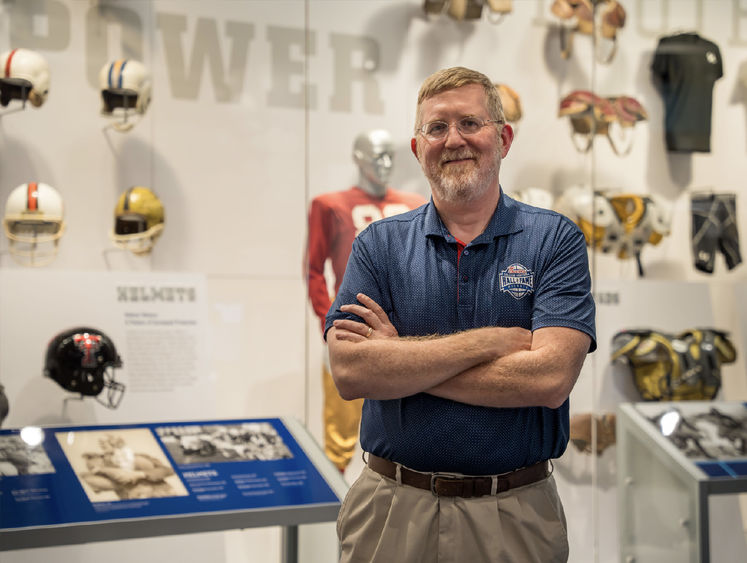
Denis Crawford, who earned his doctorate in American studies from Penn State Harrisburg, is now historian and exhibit designer at the College Football Hall of Fame.
MIDDLETOWN, Pa. — Penn State Harrisburg alum Denis Crawford always loved history and sports. As a kid, he could often be found with his nose in a book, usually about sports. As an adult, after 20 years of working in credit unions, he decided to return to higher education and turn those passions into a career.
Crawford earned a master’s degree in history, with a specialty in museum studies, from Youngstown State University in Ohio, where he was encouraged to consider doctoral programs.
At Penn State Harrisburg, he found the American studies program and crossed paths with Charlie Kupfer, associate professor of American Studies. Kupfer is also a fan and student of sports, Crawford said, so it felt like he found someone who spoke his language.
Crawford earned his doctorate in American studies from Penn State Harrisburg in 2020. His dissertation on the career of a Canadian sports entrepreneur was published as a book, “The Life and Teams of Johnny F. Bassett.”
In 2022, he became the historian and exhibit designer for the College Football Hall of Fame, in Atlanta, Georgia, where he is responsible for overseeing its collections, and curating both temporary and permanent exhibits. He also serves as a liaison between the Hall of Fame and its inductees, works with the National Football Foundation to put together an exhibit on each incoming class and ensures artifacts are well taken care of.
Crawford said Penn State Harrisburg helped him become a better storyteller. History is a key part of American studies, he said, but he finds storytelling to be a prevalent aspect.
“What I enjoy the most is trying to find stories that don’t get told a lot,” Crawford said.
Here, Crawford shares some memorable exhibits created by the Hall during his time there.
'Big Ten: Coast to Coast'
A special exhibit “Big Ten: Coast to Coast,” was opened in January to highlight the expansion of the conference, which was the first to stretch from the Atlantic to the Pacific.
The coast-to-coast expansion was featured at the museum with a travel agency theme — complete with travel posters designed to highlight each of the Big 10 teams’ cities. Crawford worked directly with the Big 10 Conference to have the opportunity to display the championship trophy. He also worked with all the teams in the conference to gather donated head-to-toe uniforms displayed in individual lockers.
Crawford said his favorite part of the exhibit — in addition to the Penn State locker display — was finding a man who specialized in making replicas of Big 10 trophies, including a replica of the Paul Bunyan Trophy, a trophy awarded to the winner of the Michigan-Michigan State game.
“It was a lot of fun [to work on this exhibit], growing up a fan of the Big Ten,” Crawford said.
Wyoming Black 14
Crawford was fascinated with the story of the Wyoming Black 14, a group of 14 African American football players at the University of Wyoming in 1969 who were kicked off the team because they wanted to wear black armbands during a game against Brigham Young University, to protest the Church of Jesus Christ of Latter-day Saints policy that did not allow Black men to be priests.
Years later after reconciliation with the schools and church, members of the Black 14 started a philanthropic organization that has donated more than 800,000 pounds of food to organizations across the country.
Crawford said he took a chance and reached out to see if the members would be willing to contribute to an exhibit. The museum was able to host a screening of a film about the Black 14, and the Black 14 members donated 40,000 pounds of food to the Atlanta Community Food Bank. The temporary exhibit ended up being on display longer than planned to allow local schools more time to bring students in to visit.
“There’s only one black armband left,” Crawford said, noting how that hit him while preparing the exhibit. “I’m wearing gloves, holding that black armband, thinking this has led to how many people having a good meal. It’s just kind of awesome.”
Military and football
The museum recently completed a major expansion of its history of military football exhibit. Highlights include artifacts from U.S. Service Academies and Hall of Fame inductees who served in the military, as well as a large video collage of stadium flyovers set to the National Anthem.
The exhibit, of course, includes the military teams everyone knows — Army, Navy, and Air Force. But Crawford said it was important to ensure other teams were recognized.
“Everyone knows them,” Crawford said. “But do people know the Coast Guard Academy and the Merchant Marine Academy are also academies that play football?”
The exhibit includes a display of uniforms — half football, half military — giving each academy equal attention. Crawford said when the exhibit opened, he was excited to overhear a visitor say she hadn’t known about the Merchant Marine Academy.

